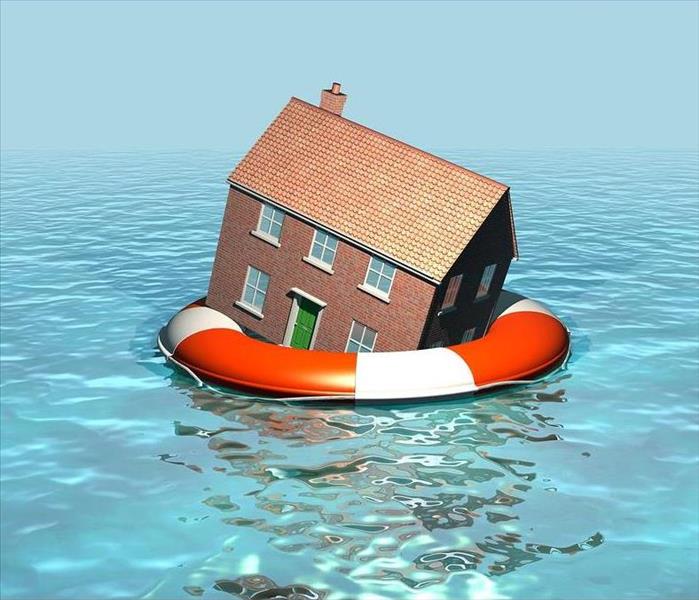PREPARE FOR FLOODS AND STORM DAMAGE
10/4/2018 (Permalink)
Unfortunately, the likelihood of floods is increasing across the U.S., even in areas that aren’t usually prone to excess water. But the fact remains that if rain is possible, so are floods.
A flood officially occurs when two or more acres, or two or more properties, have been partially or completely inundated with water.
But if you are facing a flood, the last thing you’ll be worried about is the official definition. You’ll be worried about your safety and the safety of your property.
This blog contains helpful flood preparation tips - not to worry, none of them suggest building an ark.
- Back-Up Power In an emergency, you should have a generator. It’s impossible to know whether or not a storm or flooding will take out the power – and you don’t want to be left in the dark. The type of generator you need depends on a few different variables.
Don’t forget: water is a conduit for electricity, and after a flood you’ll be facing a lot of excess water. When you know that flooding is imminent, move all your appliances and electrical devices to safer ground.
- Risk Level Before flooding is expected, you should become familiar with your property’s risk for floods. Local government and FEMA are good resources for this. A familiarity with flood zones, risk, and causes is the first step of preparation. For Westfield, NJ, and the surrounding areas, start here.
Another smart risk-management tool is a weather radio. Purchase a weather radio and learn how to use it, including what the different emergency notifications mean.
- Emergency Prep It’s important to have an emergency preparedness kit that can handle any emergency. But you should also have supplies tailor to specific severe weather events. Because floodwater contains contaminants, be sure to pack plenty of clean and fresh water. Choose a waterproof case for your kit and all it contains, like important documents. For a more detailed list on what should be in your emergency kit, read this.
- Evacuation Plan Your evacuation plan should include two things. One: become familiar with the local and federal government plans for evacuation. Second: create a personal evacuation plan and involve all members of the family. The plan should be practiced until everyone has it memorized. Be sure to include an emergency communication plan as part of the overall evacuation plan.
Many floods are caused by severe storms and excess rain. Remember that significant storm damage may be caused and may not be noticeable until after flood waters recede.
To get life back on track after flooding and storm damage, call SERVPRO® of Central Union County.






 24/7 Emergency Service
24/7 Emergency Service